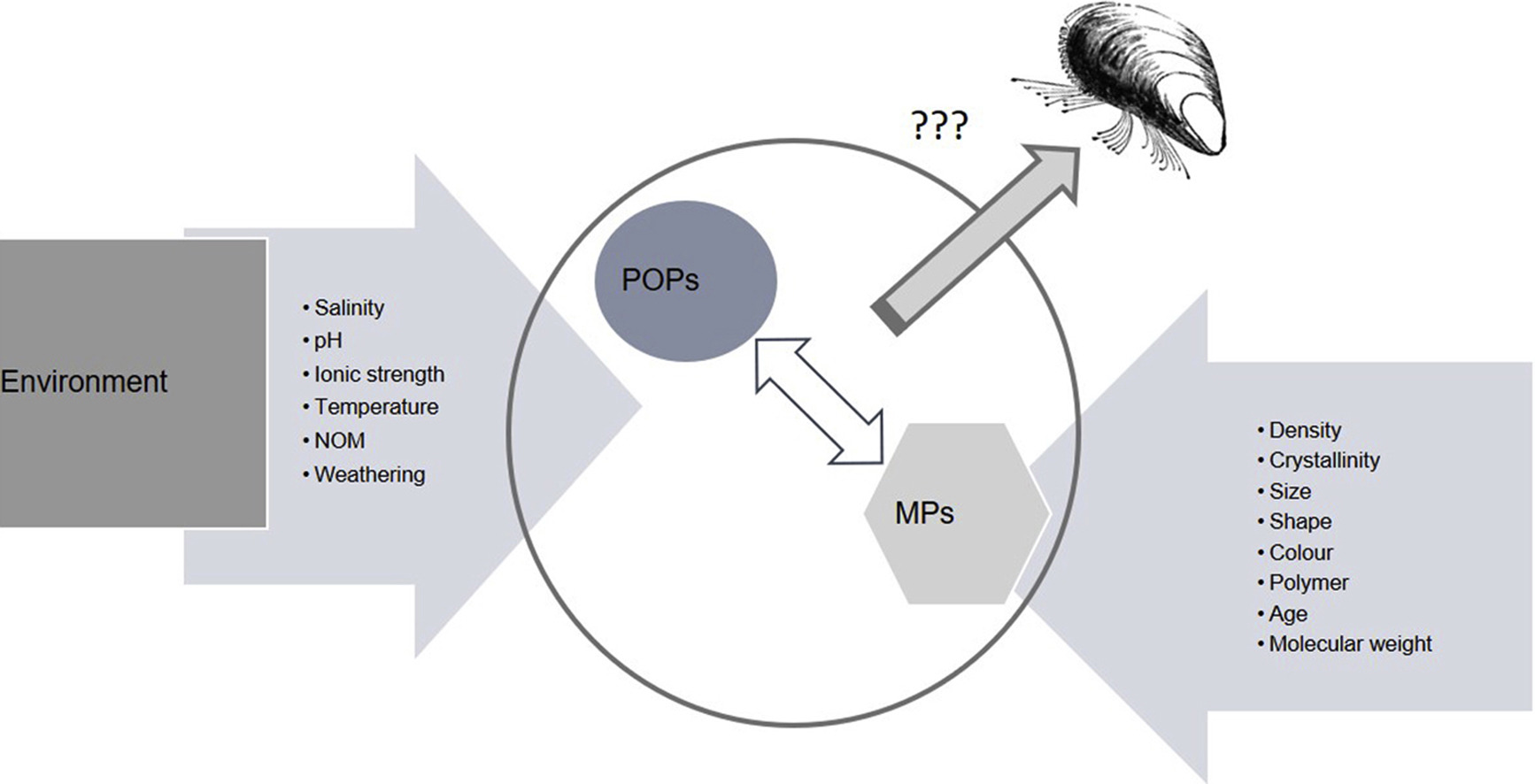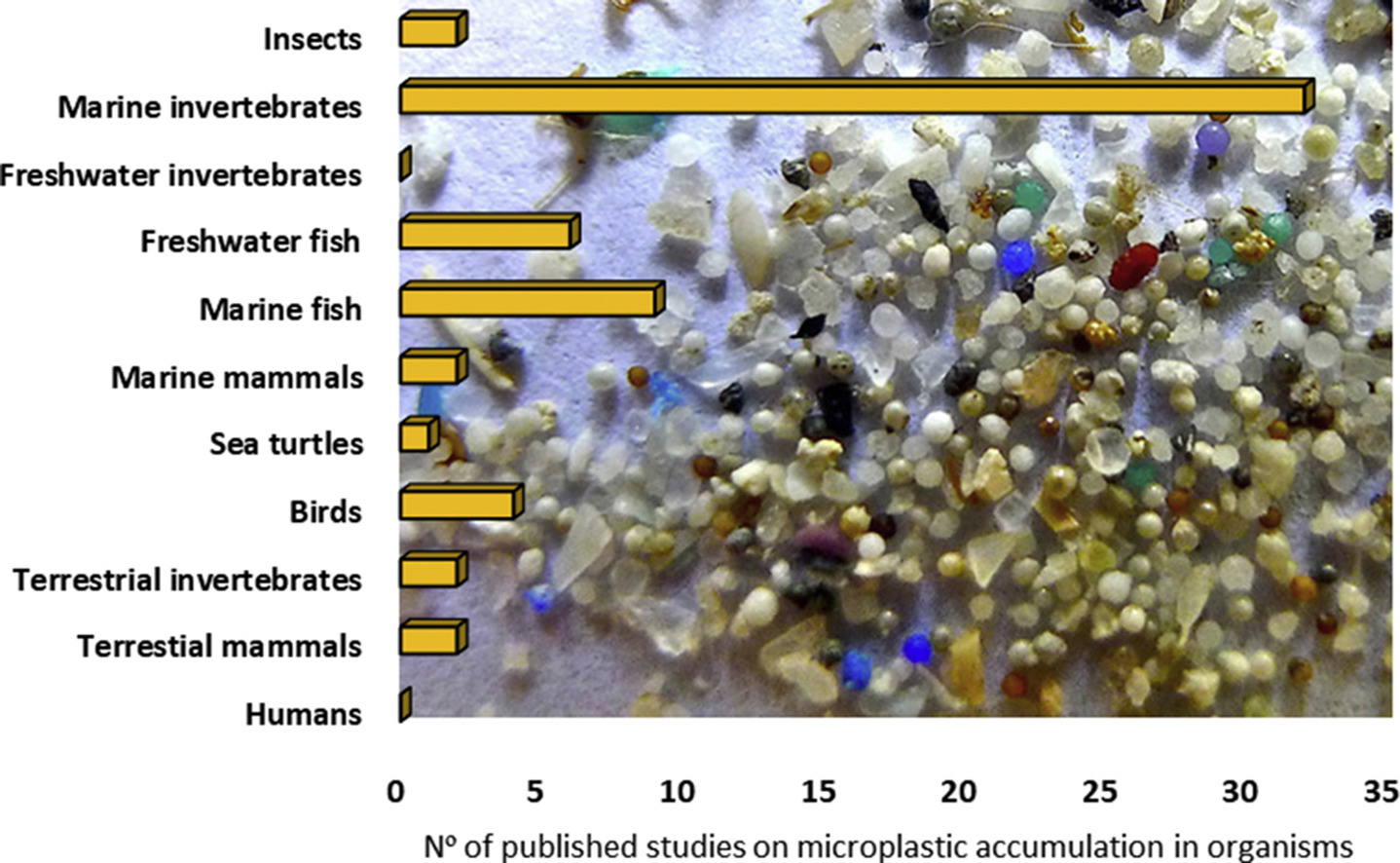Elsevier, TrAC - Trends in Analytical Chemistry, Volume 111, February 2019
Characterising microplastics based on spectroscopic measurements is one key step of many studies that analyse the fate of microplastics in the environment. Over the years, many potential sources of error were identified, which can be seen by the implementation of anti-contamination protocols, measuring laboratory blanks or using less aggressive chemicals for sample purification. However, the identification process itself in the meaning of a traceable and transparent documentation is hard to find in many research studies.
Elsevier, TrAC - Trends in Analytical Chemistry, Volume 111, February 2019
The presence of plastic debris in the ocean is increasing and several effects in the marine environment have been reported. A great number of studies have demonstrated that microplastics (MPs) adsorb organic compounds concentrating them several orders of magnitude than the levels found in their surrounding environment, therefore they could be potential vectors of these contaminants to biota. However, a consensus on MPs as vectors of persistent organic pollutants (POPs) has not been reached since are opposing views among different researchers on this topic.
Elsevier, TrAC - Trends in Analytical Chemistry, Volume 111, February 2019
Following a decade of research on the environmental impacts of microplastics, a knowledge gap remains on the processes by which micro and nanoplastics pass across biological barriers, enter cells and are subject to biological mechanisms. Here we summarize available literature on the accumulation of microplastics and their associated contaminants in a variety of organisms including humans. Most data on the accumulation of microplastics in both field and lab studies are for marine invertebrates.
Elsevier, TrAC - Trends in Analytical Chemistry, Volume 111, February 2019
Interest about interactions between microplastics and organisms is on the rise. Accessing organisms’ responses to these chemically “inert” compounds plays an important role in determining their potential toxicity. Microplastics from the environment tend to accumulate and move through living organisms, inducing a variety of biological effects, such as disturbances in energy metabolism, oxidative balance, antioxidative capacity, DNA, immunological, neurological and histological damage.
Elsevier, TrAC - Trends in Analytical Chemistry, Volume 111, February 2019
The quantification of micro- and nanoplastics in environmental matrices is an analytical challenge and pushes to the use of unrealistic high exposure concentrations in laboratory studies which can lead to manifestations of ecotoxicological effects and risks estimation that are transient under natural conditions.
Elsevier, Psychiatry Research, Volume 272, February 2019
Black ethnicity is associated with increased risk for psychosis in South London. This study explored the distribution of ethnicity among services users at ultra high risk for psychosis (UHR) and examined the influence of ethnicity on service access, treatment uptake and incidence of psychosis. The ethnic distribution of 228 people at UHR for psychosis, seen in an early detection clinical service over 10 years, was compared with 146 people with first episode psychosis from the same geographic region and census figures for the local population.


